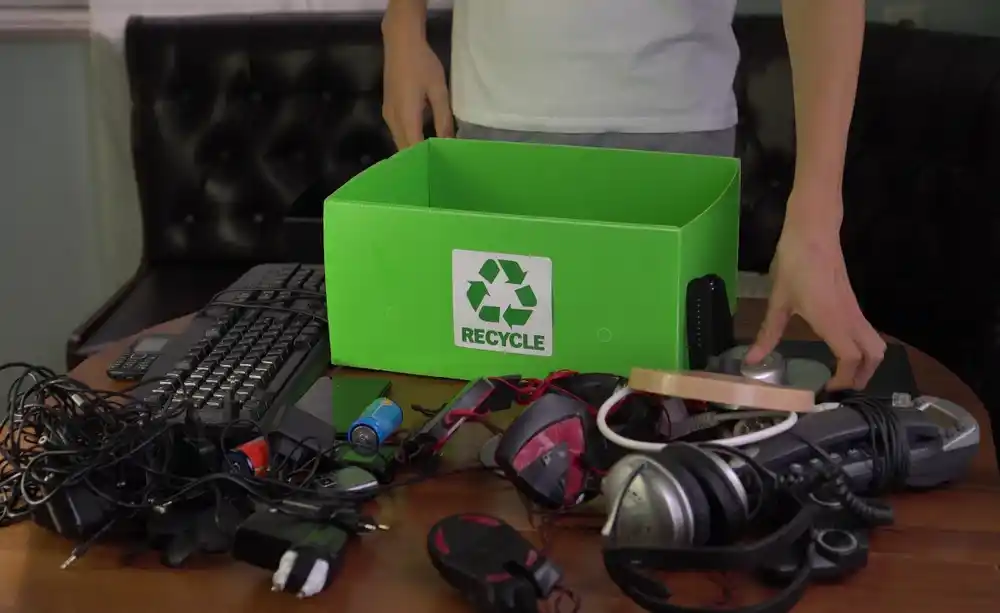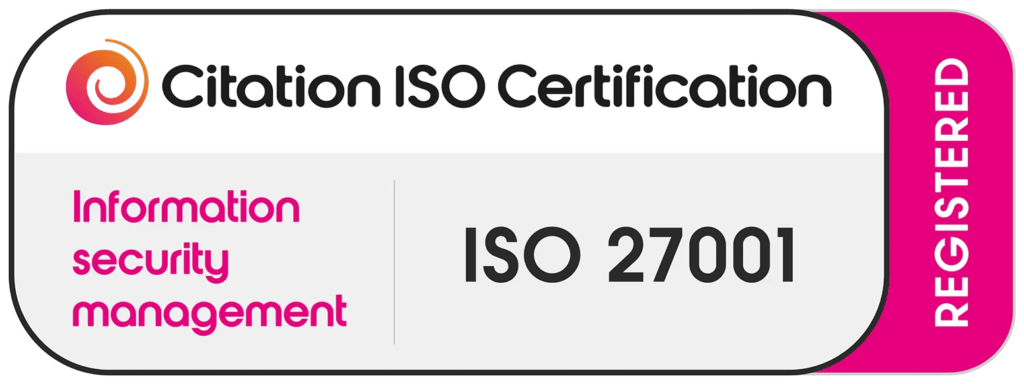Introduction
Definition of IT Recycling
IT recycling refers to the responsible disposal, refurbishment, or repurposing of outdated or obsolete IT Recycling Solutions equipment. It ensures that electronic waste (e-waste) does not harm the environment while allowing businesses to recover valuable materials.
Importance of IT Recycling in Modern Organizations
With the rapid advancement of technology, organizations frequently upgrade their IT assets. Without proper IT asset disposition services, companies risk exposing sensitive data, violating compliance regulations, and contributing to environmental pollution. IT recycling helps organizations maintain sustainable IT asset management and reduce their carbon footprint.
Overview of Environmental and Economic Impacts
Improper disposal of IT equipment contributes to global e-waste, which contains hazardous materials like lead, mercury, and cadmium. These substances can contaminate soil and water, leading to severe health risks. On the economic front, recycling IT equipment allows for material recovery, reducing the need for raw resources and lowering manufacturing costs.
Understanding IT Assets
Types of IT Equipment Subject to Recycling
Various IT assets require proper disposal, including:
- Computers and laptops
- Servers and networking devices
- Printers and scanners
- Mobile phones and tablets
- Hard drives and storage devices
Common Materials Found in IT Assets
IT equipment contains valuable and hazardous materials, such as:
- Precious metals: Gold, silver, and platinum
- Plastics and glass
- Toxic elements: Lead, mercury, and arsenic
Potential Hazards of Improper Disposal
Dumping IT equipment in landfills leads to:
- Soil and water contamination
- Harmful emissions from incineration
- Health risks for workers handling e-waste
Organizations must implement corporate e-waste management strategies to mitigate these risks.
Legal and Regulatory Framework
International Regulations and Guidelines
Several global regulations govern electronic waste recycling solutions, including:
- Basel Convention – Restricts transboundary movement of hazardous waste
- WEEE Directive (EU) – Enforces recycling standards in Europe
- R2 & e-Stewards Certifications (UK) – Promote responsible e-waste recycling
National Policies and Compliance Requirements
Each country has its own IT Recycling Solutions compliance requirements. Businesses must stay updated with local laws to avoid penalties.
Consequences of Non-Compliance
Non-compliance can lead to:
- Hefty fines and legal actions
- Damage to company reputation
- Security risks from improper data disposal
Best Practices for IT Recycling
Developing an IT Asset Disposition (ITAD) Policy
A well-structured IT asset disposition services policy ensures smooth IT asset management. This includes identifying end-of-life equipment, secure data handling, and selecting certified vendors.
Data Security Measures Before Recycling
Before disposing of IT assets, organizations must use secure data destruction methods, such as:
- Degaussing – Erases magnetic data
- Physical destruction – Shredding hard drives
- Data wiping – Overwriting sensitive data multiple times
Partnering with Certified Recycling Vendors
Working with certified IT recycling vendors ensures compliance with regulations and secure handling of e-waste. Organizations should verify certifications like:
- R2 Responsible Recycling
- e-Stewards Certification
Employee Training and Awareness Programs
Organizations should train employees on the importance of proper IT hardware disposal and how to follow e-waste management guidelines.
Documentation and Reporting Procedures
Maintaining records of IT recycling activities ensures compliance with legal standards and corporate sustainability goals.
Benefits of Proper IT Recycling
Environmental Benefits
- Reduces landfill waste
- Prevents hazardous material contamination
- Encourages sustainable resource recovery
Economic Advantages
- Cost savings from refurbished IT equipment
- Revenue generation through material recovery
- Lower procurement costs by reusing components
Enhancing Corporate Social Responsibility (CSR)
IT recycling supports CSR initiatives, reinforcing a company’s commitment to sustainability and ethical business practices.
Improving Brand Image and Stakeholder Relations
Consumers and investors favor businesses that prioritize sustainable IT asset management. A responsible IT recycling program enhances brand reputation.
Challenges in IT Recycling
Technical Challenges
- Complex IT hardware disposal processes
- Difficulty in extracting valuable materials
- Lack of advanced recycling infrastructure
Financial Constraints
- High costs of secure data destruction methods
- Limited budget allocation for e-waste programs
Organizational Resistance
- Lack of awareness and commitment from management
- Resistance to change due to operational disruptions
Case Studies
Successful IT Recycling Programs in Corporations
Several global corporations have successfully implemented corporate e-waste management strategies:
- Dell’s e-waste recycling program – Offers free recycling services for consumers
- Apple’s Trade-In Program – Encourages customers to return old devices for refurbishment
Lessons Learned from IT Recycling Failures
- Lack of secure disposal methods leads to data breaches
- Improper vendor selection results in non-compliance fines
Future Trends in IT Recycling
Technological Innovations in Recycling Processes
- AI-driven sorting technologies for better material recovery
- Chemical-free extraction methods to minimize environmental impact
Emerging Policies and Global Initiatives
- Stricter IT recycling compliance requirements worldwide
- Government incentives for businesses adopting green IT practices
The Role of Circular Economy in IT Asset Management
A circular economy model promotes:
- Product life extension through refurbishing
- Material recovery for new manufacturing
- Closed-loop recycling systems
Conclusion
Recap of Key Points
Proper IT recycling is essential for:
- Environmental sustainability
- Data security and compliance
- Corporate social responsibility
Call to Action for Organizations
Organizations should:
- Implement effective IT asset disposition services
- Partner with certified IT recycling vendors
- Educate employees on best practices for IT hardware disposal
By adopting these strategies, businesses can contribute to a greener, more sustainable future.
Frequently Asked Questions (FAQs)
1. What is IT asset disposition (ITAD)?
ITAD refers to the secure and environmentally responsible disposal of IT equipment, ensuring compliance with IT recycling compliance requirements.
2. Why is secure data destruction important in IT recycling?
Without secure data destruction methods, sensitive business information may be exposed, leading to security breaches and legal consequences.
3. How do certified IT recycling vendors ensure compliance?
They follow industry standards, such as R2 or e-Stewards, guaranteeing proper disposal and corporate e-waste management strategies.
4. What are the economic benefits of IT Recycling Solutions?
Businesses can save costs by reusing components, recovering valuable materials, and improving sustainable IT asset management.
5. What are the biggest challenges in IT recycling?
Challenges include technical complexities, high costs of secure disposal, and organizational resistance.



